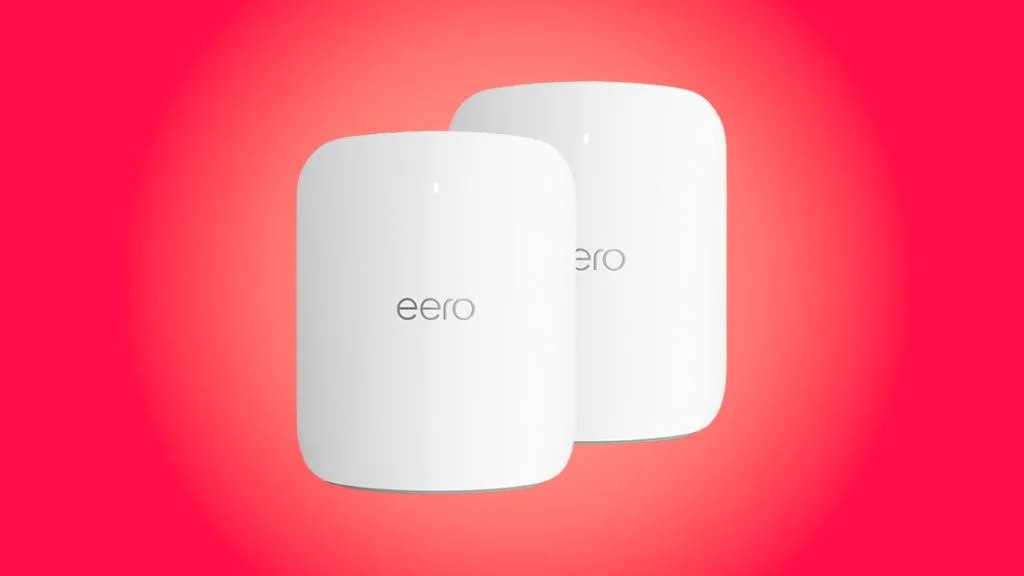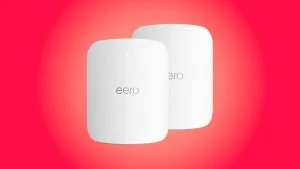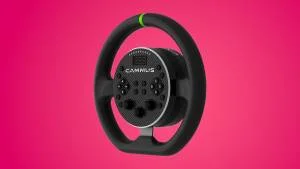Shure MV7 Plus Podcast Microphone

design
From most angles the Shure MV7 Plus is identical to the MV7 that joined the market in 2020. The slightly tapered barrel, split between a matte metal shell on one end and an oversized foam windsock on the other, both looks and feels like it’s worthy of a place in the studio. There’s little doubt this is a premium option with no plastic in sight.
The one minor drawback for me however is the fit of that included windshield sleeve. It doesn’t perfectly line up when fully pushed on, there’s always a small gap between foam and metal that makes it look like its not quite sitting correctly. There’s no hidden latching mechanism like the gentle magnetic pull of the Logitech Blue Sona, which may have neatened things up, instead you’re left to just jam an all-foam tube over the end. I’m nit-picking, admittedly, but it’s little touches like that you expect to see at the top end of the market.
check latest prices
That aside, the build quality of the Shure MV7+ is superb. It’s a rock solid microphone with a compact form factor that’ll easily fit into most home streaming setups. You’ll need to supply your own stand or mounting arm for the Shure MV7+, I’ve been testing it with the Shure Gator mic arm, but you’ll find adapters in the box that make the MV7+ compatible with options from other brands too. The included mounting hardware is robust and secure but surprisingly large with quite a long neck. It allows for the MV7 Plus to be rotated 360 degrees but also sits the microphone quite proudly as a result too, something to consider when it comes to choosing where to mount your new mic.

The touch panel across the top of the Shure MV7+ has been simplified and given a slight glow-up compared to the older MV7. The redesigned, fully colour LED filled bar acts as one large capacitive mute button while also offering a visual cue to monitor audio levels. It’s a neat solution that looks fine with plenty of colour choices via the desktop app, though in most microphone placements you probably won’t see the LED strip anyway. The large interactive area is both a blessing and a curse in day to day life however, on multiple occasions I accidentally muted myself when simply trying to move the microphone around. I’m sure with more time I’d get used to grabbing a different part of the MV7+’s body, but the natural habit to hold it around the middle won’t work here.
Around the back of the Shure MV7 Plus’ body are dual output options with both XLR and USB-C as well as a standard 3.5mm headphone jack for real-time monitoring. The layout is slightly peculiar but ultimately unimportant as there’s plenty of room around each port, even with all three connected. Shure does include a USB-C to USB-C cable in the box, but if you want to use XLR you’ll need to bring your own.
performance
Shure has set its own high bar when it comes to audio performance, choices like the SM7B and even the predecessor MV7 are known throughout the industry for their top end sound quality. The MV7+ carries on this legacy, this is an excellent microphone for streamers, gamers and podcasters.
check latest prices
Dual XLR/USB connectivity is nice to have and allows the MV7+ to slot neatly into existing setups with an audio mixer, most of the new improvements are only accessible via the USB-C output though so that’s where I focused my testing. A dynamic microphone with a cardioid pickup pattern, you’ll need to bring a certain level of mic etiquette with you but when you respect the Shure MV7+ it delivers wonderfully rich, full audio that made my voice sound great. Straight out of the box and before installing the free Shure MOTIV Mix I was already impressed by what the MV7+ delivered. Vocals were warm and nicely rounded with enough of that classic studio voice feel that podcasters are often looking for.

You are rewarded for proximity with the Shure MV7+ and I preferred bringing my mouth a little closer to the microphone than I do with other microphones. It still sounds good at my normal distance of around 25cm away but it sounded best at 15cm. Being slightly closer seemed to polish everything up, Shure boasts the Voice Isolation Technology inside the MV7+ and my guess is this was able to work better with a more obvious vocal presence. The Shure MV7+ can handle being a little further away but I wouldn’t recommend it, at 40cm away I started to sound noticeably thin and distant, losing the qualities that make the MV7 Plus a great choice to begin with.
You’ll also need to be careful with how you mount the MV7+ as there’s nothing in the way of a shock mount which leaves the microphone very exposed to bumps and vibrations. In controlled podcast recording sessions this likely won’t be an issue, but active streamers with the microphone bolted to a desk are likely to notice each bang on the desk go straight through the microphone and out to their viewers.

Installing the MOTIV Mix app unlocks a range of new toys courtesy of the onboard DSP. The app itself is officially in beta stage and this did show a little during testing as initially the app recognised the microphone but refused to offer any of the DSP toggles or controls. It took a couple of PC restarts and microphone replugs before these tools eventually showed up and this bug has happened a few times since. Shure also makes you register with a name and email address just to download the software, which feels like unnecessary data gathering that we could do without from a premium brand.
Once the app is prepared to offer them to you, the DSP tools take the Shure MV7+ to another level and put it up there with one of the best USB microphones I’ve tested. Auto level works well to normalise gain and while there were times the OBS VU Meter suggested I was peaking, checking the audio sample showed this wasn’t actually the case and I still sounded great. Disabling this feature opens up some more manual control of different aspects but I’d recommend most creators just let Shure handle this as it worked well out of the box.
check latest prices
The noise reduction and delightfully named Popper Stopper feature both performed well too, doing their job quietly in the background without having a detrimental impact on my narration. The tone slider offers a simple way to quickly adjust the EQ with noticeable but not dangerous changes, even at the extreme end of the spectrum. I played around with the full array of choices and ended up sitting just below middle, towards the darker end of the scale which filled out my voice with a little added depth and punch.

It’s clear throughout using the MV7+ that Shure wanted to make this an accessible microphone for creators and podcasters, even if the price tag doesn’t necessarily reflect that. Simply leaving everything on default or auto settings in most cases delivered the best results and it was only a slight slide on the tone bar that I felt tailored the sound better for my needs. This was a subjective change though, everything else was an objective improvement out of the box. The Shure MV7+ can’t help itself but sound great and that’s to the brand’s credit, bravo.
summed up
Perhaps unsurprising for a microphone that Shure happily proclaims is inspired by the iconic SM7B, the Shure MV7+ is a superb podcast mic. For streamers and creators it delivers wonderfully smooth, rich vocal performance and the handful of new DSP tools available via the USB-C connection all work harmoniously to do their job well.
There’s little to complain about here that isn’t a minor detail I have to flag because of the standard of the game Shure is playing. This is a major league microphone, so recreational shortcomings like a windshield that doesn’t quite butt up snug tend to stand out more. There’s also the issue of the MV7+ being overly sensitive to vibrations and bumps, but this is only a problem if you’re unaware of it.
Then there’s the price, which can’t be avoided as a talking point because it’s noticeably high. Yes, performance does live up to that bar but there are cheaper options in the market like the RODE PodMic USB that are capable of similar sound while keeping a little extra cash in your pocket.














